
Photo London is one of the leading photographic fairs
Photo London’s ninth edition aims to integrate photography into the contemporary art world. But can it? Isabella Fergusson finds out
The cobbles of Somerset House aren’t quite bearing the catwalks of heels, neon suits and russet trousers one sees at Frieze or Art Basel. More cameras than Gucci bags slung across shoulders, more prams pushed, more WatchHouse coffee than Ruinart champagne. It seems more democratic – but to its strength or its downfall?
100 exhibitors, 44 cities worldwide: the numbers are good for London’s top photography fair, and returning galleries are strong. But, ever since photography entered the commercial world in the ‘70s, it has been seen as something of a niche by many. Its Director, Kamiar Maleki insists, however, that 2024 has seen yet more progress in cranking the door open to a contemporary art-collector-base.

This year’s Photo London is curated by Dani Matthews and entitled Shifting Horizons; photograph by Isabella Sanai
What’s happening this year that’s made it successful? ‘We’re branching out,’ he says, ‘we’re including more film, more mediums, and the car’ – he points to a navy electric car, a Lunaz, parked in the Somerset House courtyard – ‘which has been invested in by big names such as David Beckham – these have helped gain traction’. Is this because photography is not attractive enough by itself? ‘We have to entice the High Net Worths through other mediums’, he responds diplomatically. Perhaps a hint that photography alone still lacks respect; but perhaps, too, a testament to Maleki’s success in luring people into giving it the attention it deserves.

Rebecca Hicks, Director of Purdy Hicks, in the reflection of a daguerrotype by Japanese photographer Takashi Arai; photographed by Joe Oswald
Photography’s technical gymnastics are exhibited with undeniable flair: see Takashi Arai’s impressive daguerrotypes, Susan Derge’s cameraless photography, laid directly over Dartmoor puddles of frogspawn, and Roope Rainisto’s AI-based works, thrumming with viewers, to a remarkable manipulation of printing mediums across the fair. The number of mediocre works was to be expected, but the number which stood out as sensational from the many Michael Jackson-type portraits was higher than one might imagine.

Photo London brings together the world’s leading galleries in a major international photography Fair at Somerset House; photograph by Isabella Sanai
Sales? Well, as Rebecca Hicks, Director of Purdy Hicks, comments, the general consensus is that sales ‘remain quiet so far’. Maleki slides past the question with an ‘ask me on Tuesday!’ Fru Tholstrup, London-based art advisor and curator, though, beams with anomalous success of her showcase of Mariano Vivanco’s work from his latest book, ‘Peru’, hopping through folklore and mythology expressing striking figures between humans and animals, which one tends to associate with drawings rather than photography. Mariano remains confident in photography’s ability to leak into fine art, with a winking ‘Respect Photography, or Die!’. And he’s sold with fine art figures, too.

Kamiar Maleki, Director of Photo London; photograph by Joe Oswald
Some dealers insist they are at Photo London for the artistic exposure as much as sales. Gerber & Stauffer Fine Arts has an exhibition featuring Iranian-born Rahi Rezvani, introduced to the commercial world for the first time. Successful in luxury, performing arts and entertainment industries, he has never before sold a single print of his works.
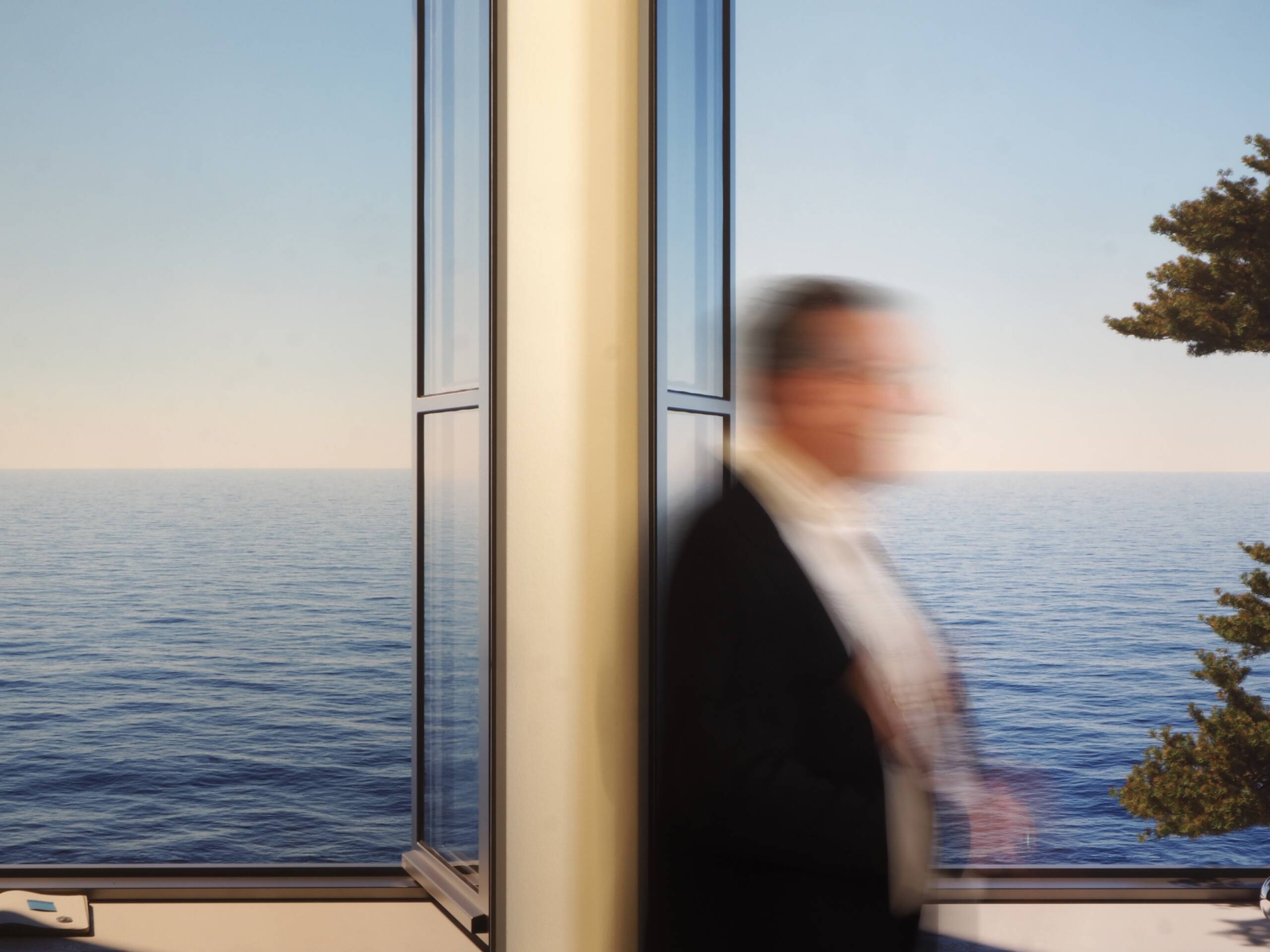
French photographer Valérie Belin has been named as the Master of Photography 2024; photograph by Isabella Sanai
But why start now? ‘People think success in photography is selling lots of photographs. I disagree. It’s about choosing carefully and selling well.’ He refuses to sell hundreds of his prints he has laid out, from a portrait of Quentin Tarantino to fiery images of dance, to a triptych covered in a natural substance he associates with sperm. Technologically, these seem extremely impressive, perhaps as or even more than those on the wall. When asked how he took them, he smiles knowingly, holding back. Brimming with confidence, he isn’t particularly interested in selling lots, but few, well-chosen ones.
That’s the way to elevate photography to the fine art world, he and Thomas Stauffer, Director of Gerber & Stauffer Fine Arts agree. Reduce the print number – even to one (in the case of his photograph ‘Willem Dafoe’) – signed with guarantee of no reproduction, and photography can have the value and respect of art. Although, in general, the knowledge that further prints can be made will always linger with all types of photography except polaroid. Even when reducing the number of editions, photography still remains on the precarious edge for established contemporary collectors.

Willem Dafoe, photographed by Rahi Rezvani, 2012
It’s entirely the other way around for Ana Matos, Director of Salgadeiras Arte Contemporânea. The very fact that, unlike painting, photography editions expands to an average of 5 to 7 means that it gains a democratic value, attracting a new wave of emerging millennial collectors. Such can be seen in the floor for the Nikon Emerging Photographers Award, part of Photo London. The average age decreases, buzz increases and – while sales are still reportedly quiet – the recognition and discussions are engaging a new crowd in collecting. Perhaps it’s not so much about gaining older contemporary art collectors, but shifting the next generation of collectors to photography.

Photo London has two major exhibitions as part of the Public Programme, over 120 new and returning international exhibitors; photograph by Joe Oswald
And perhaps, by virtue of its less revered status, Photo London does focus more for new art and expression than collector-base. As photographer Maryam Eisler comments, ‘Photo London is a place of discovery and new talent.’ One can meet the photographs at eye-level, rather than kneel before them, and the fair is focused on the artform itself, and forming a snapshot of its growing identity and credibility. One feels closer to it all, somehow. And – as Eisler also points out – this is aided by its ‘excellent satellite programme of talks and critical thinking.’

Photo London 2024 features over 400 photographers from around the globe; photograph by Joe Oswald
Photography remains on the sideline of established contemporary art; sales seem quiet. But, stripped of the catwalk-tendency of many art fairs, which can distract from the art itself, the model of a fair where art is accessible and thought about, rather than prized solely for sales, may be commercially more challenging, but is extremely refreshing. And, though established collectors may not dive into buying, photography might just present a more democratic art world – with a long way to go.
Photo London runs at Somerset House from 16-19 May 2024
See More: photolondon.org




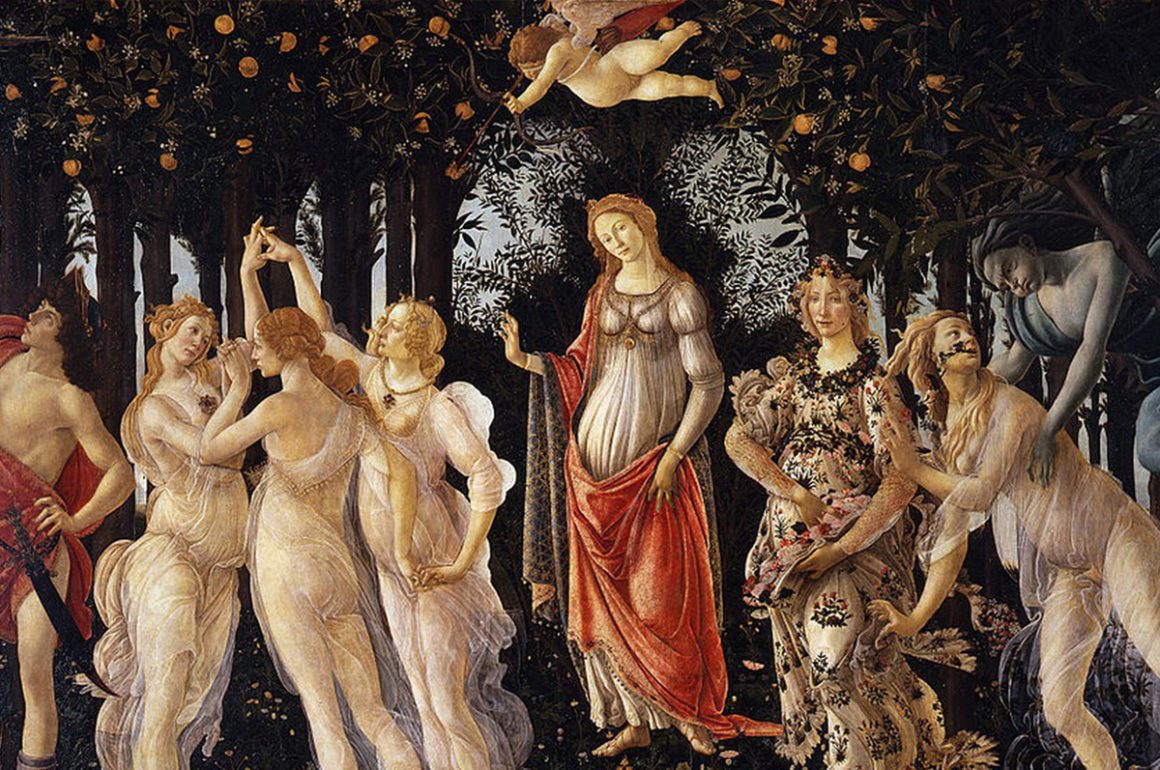
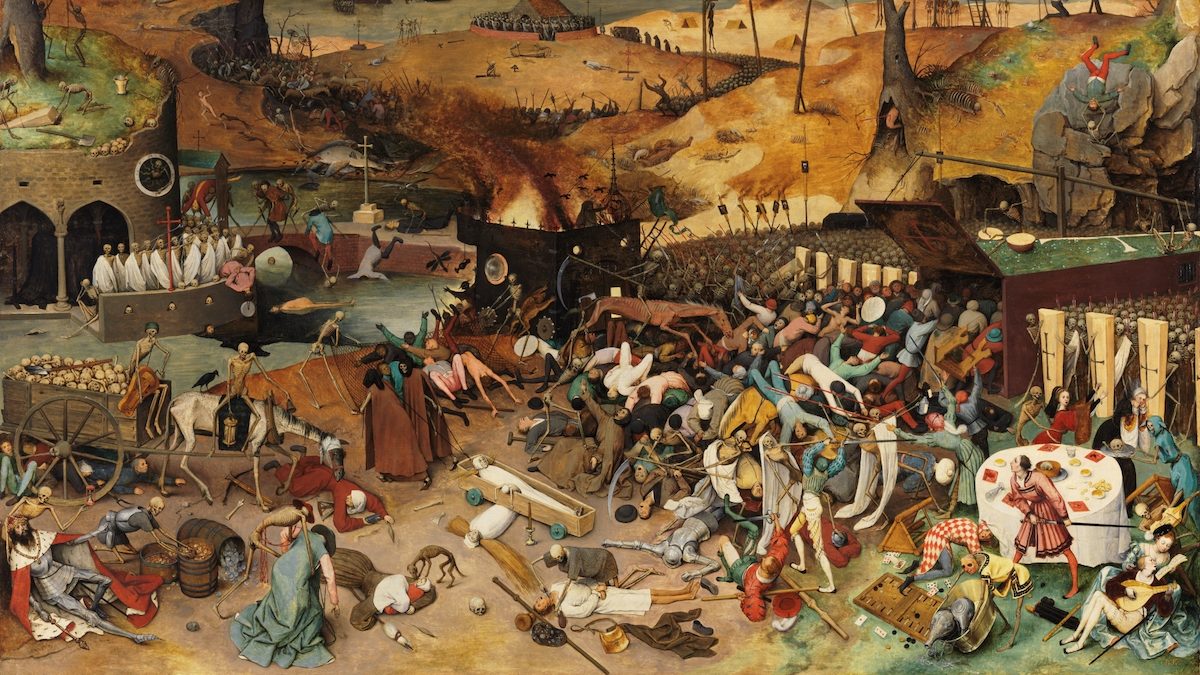
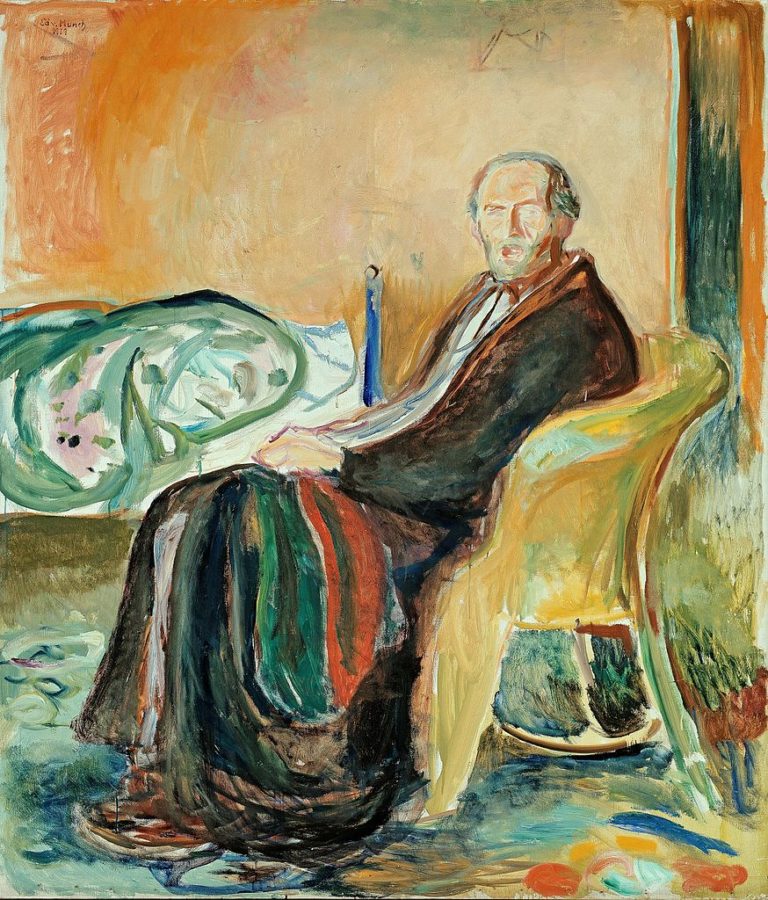
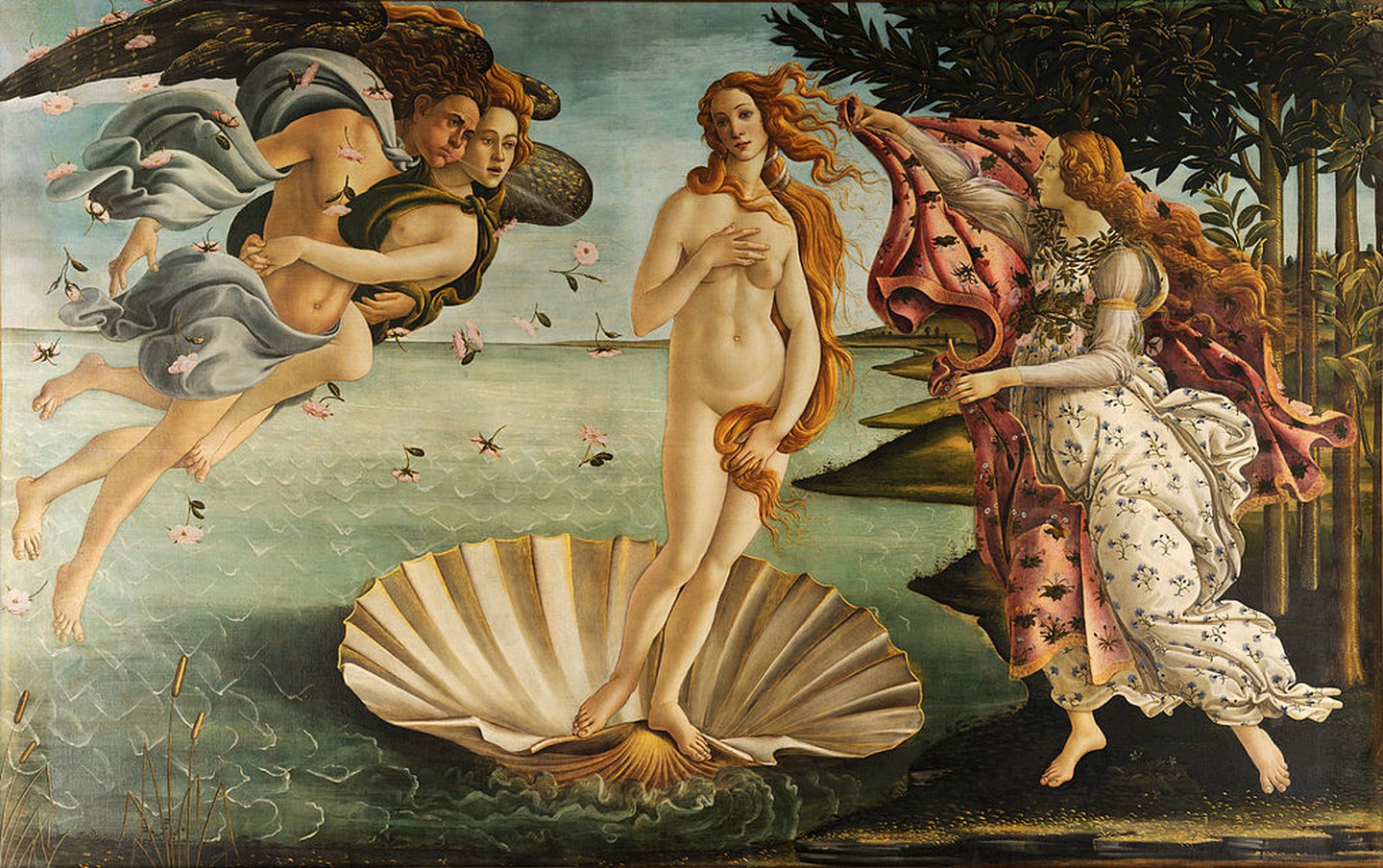

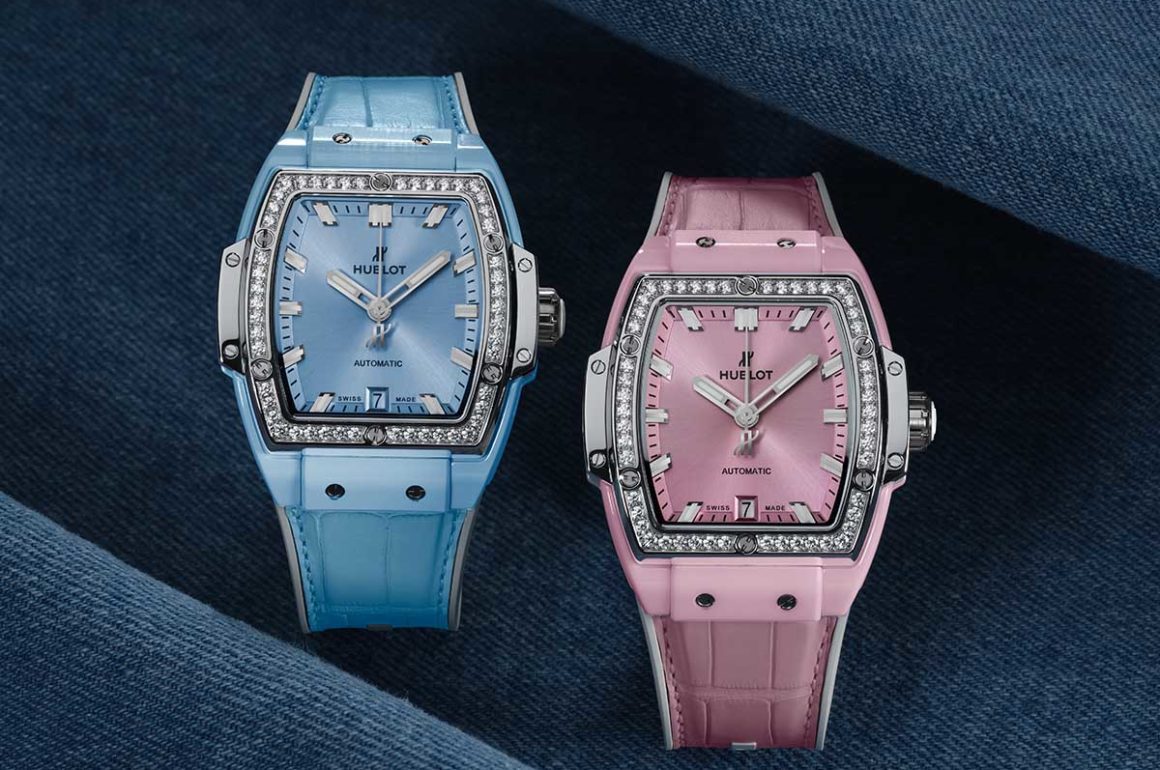
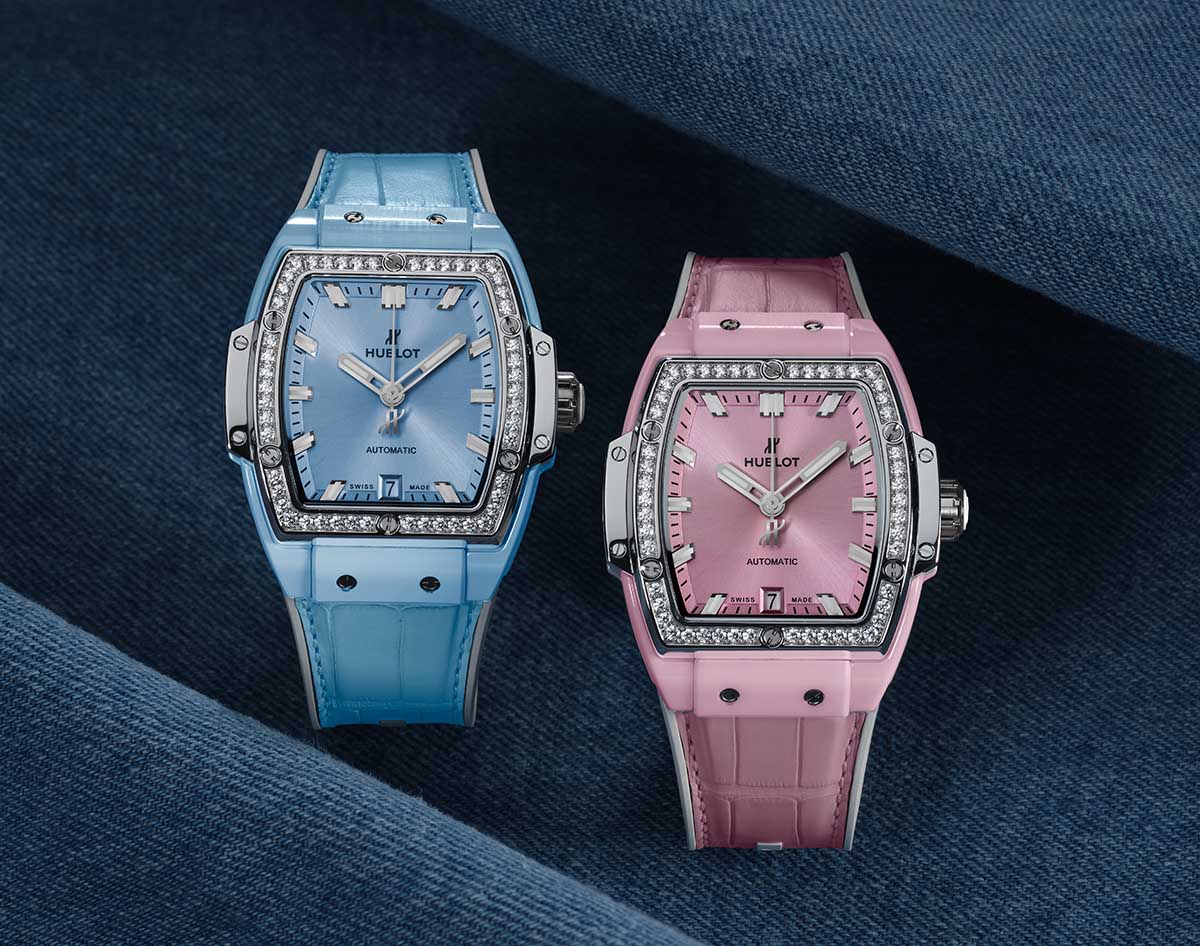

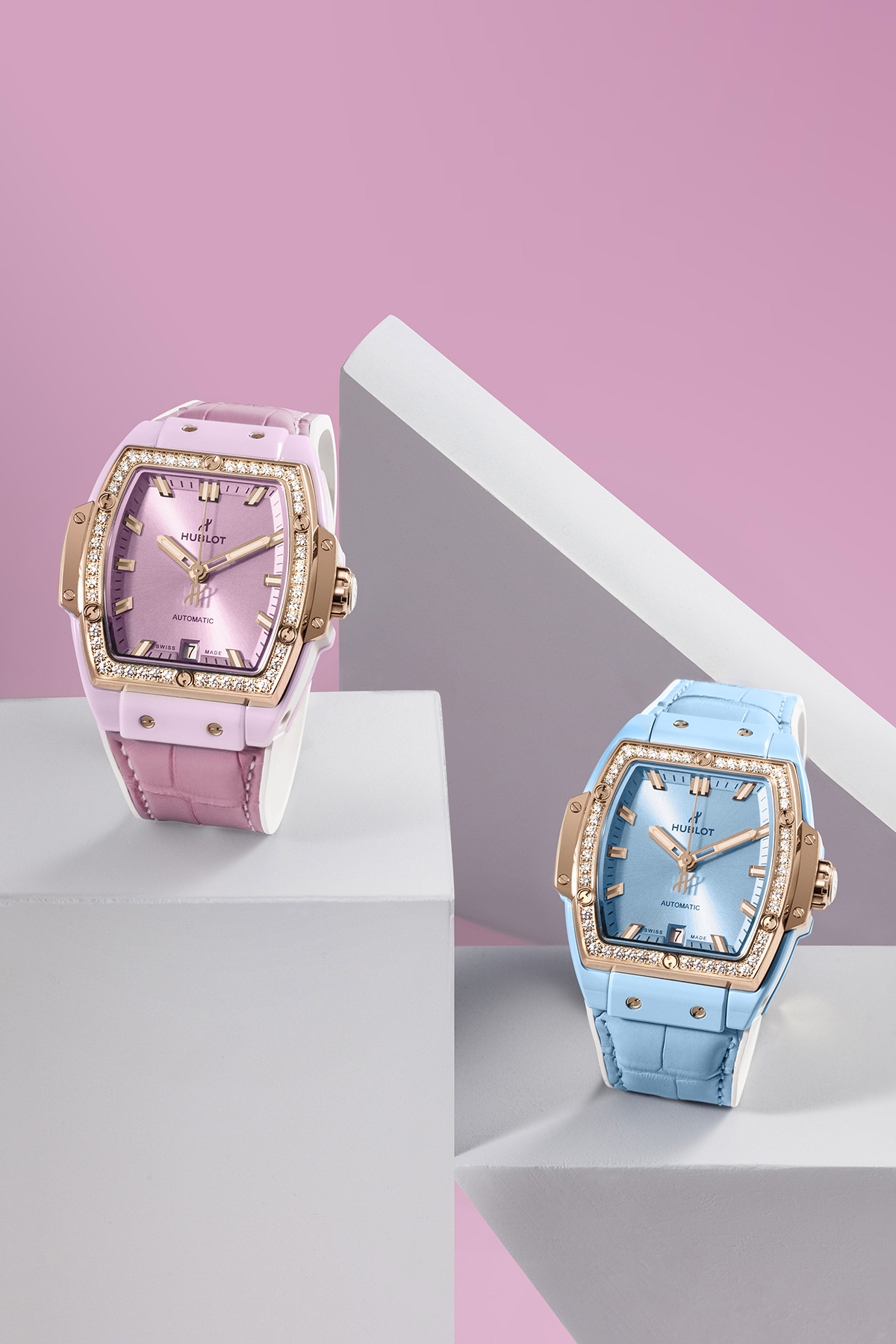
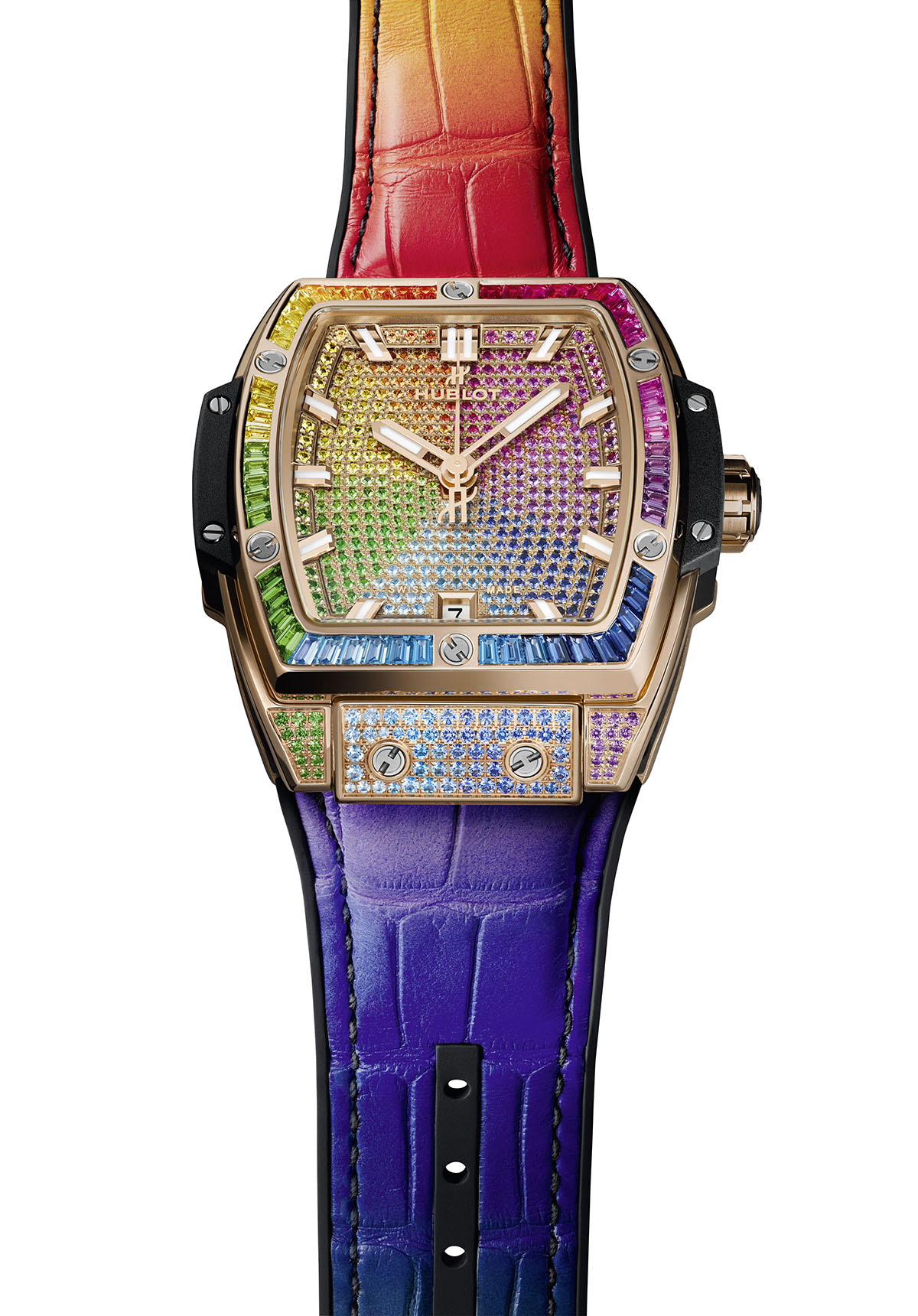
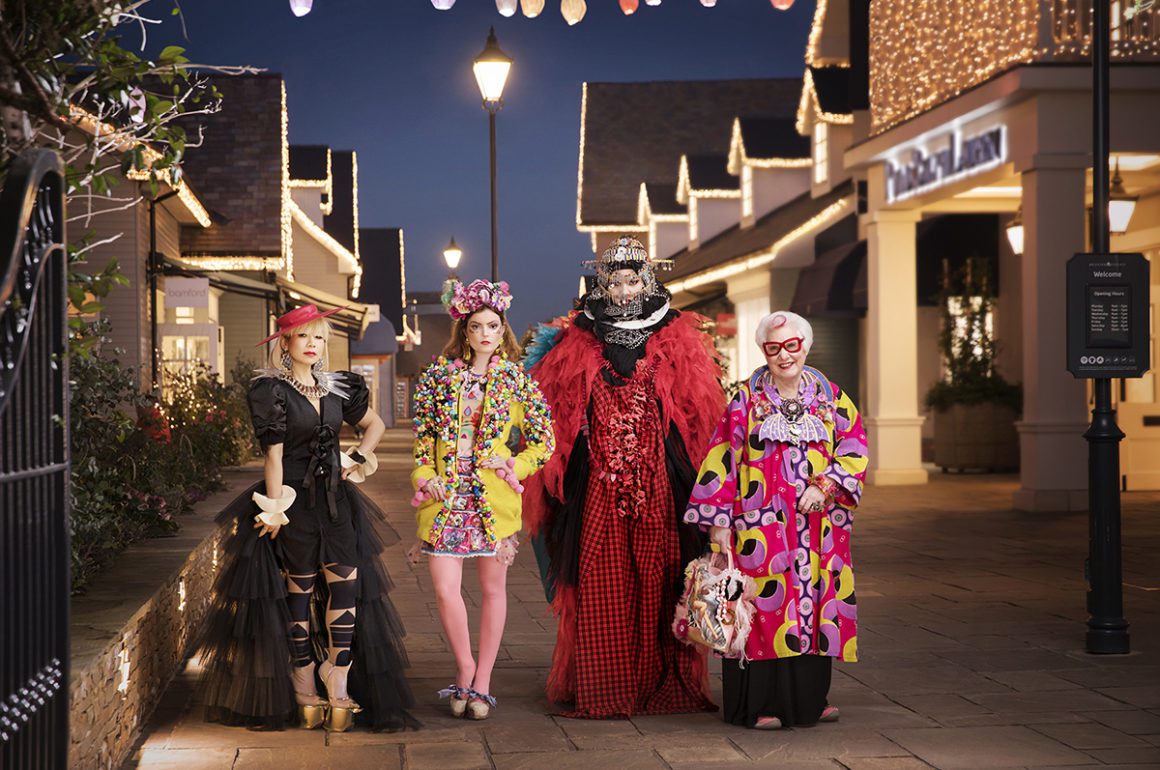
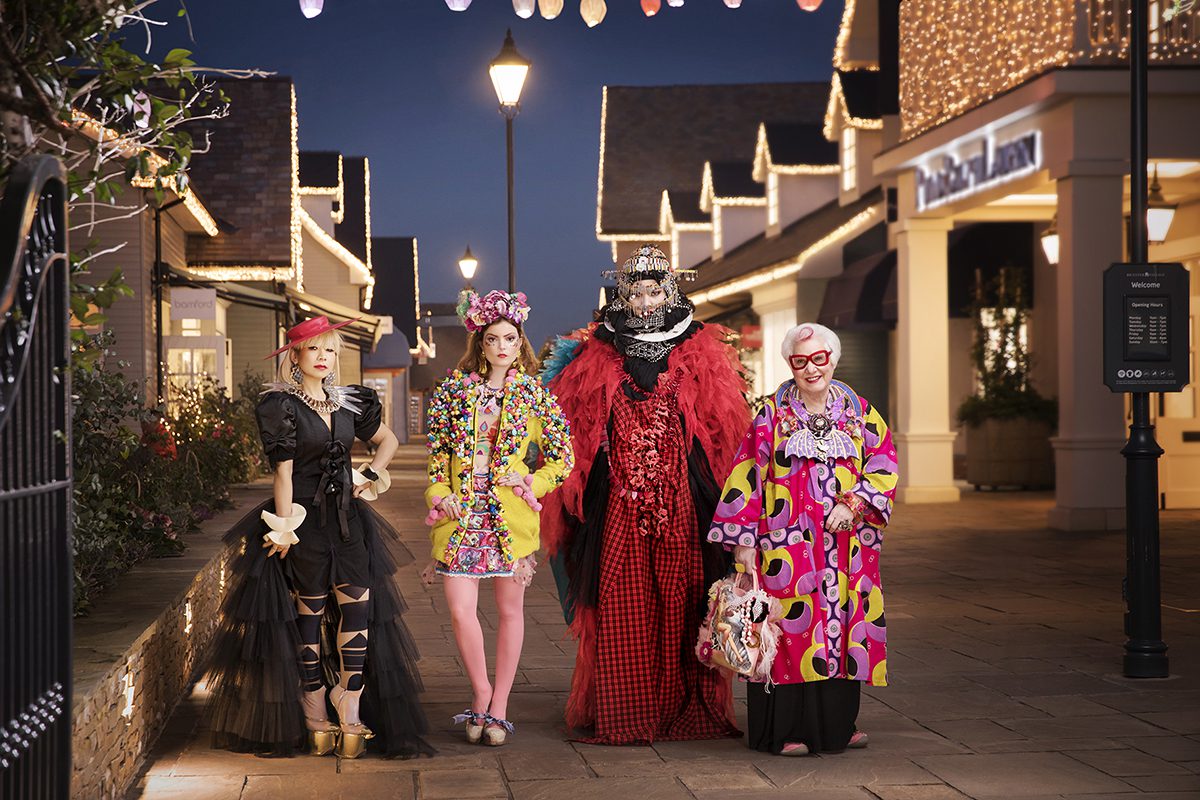
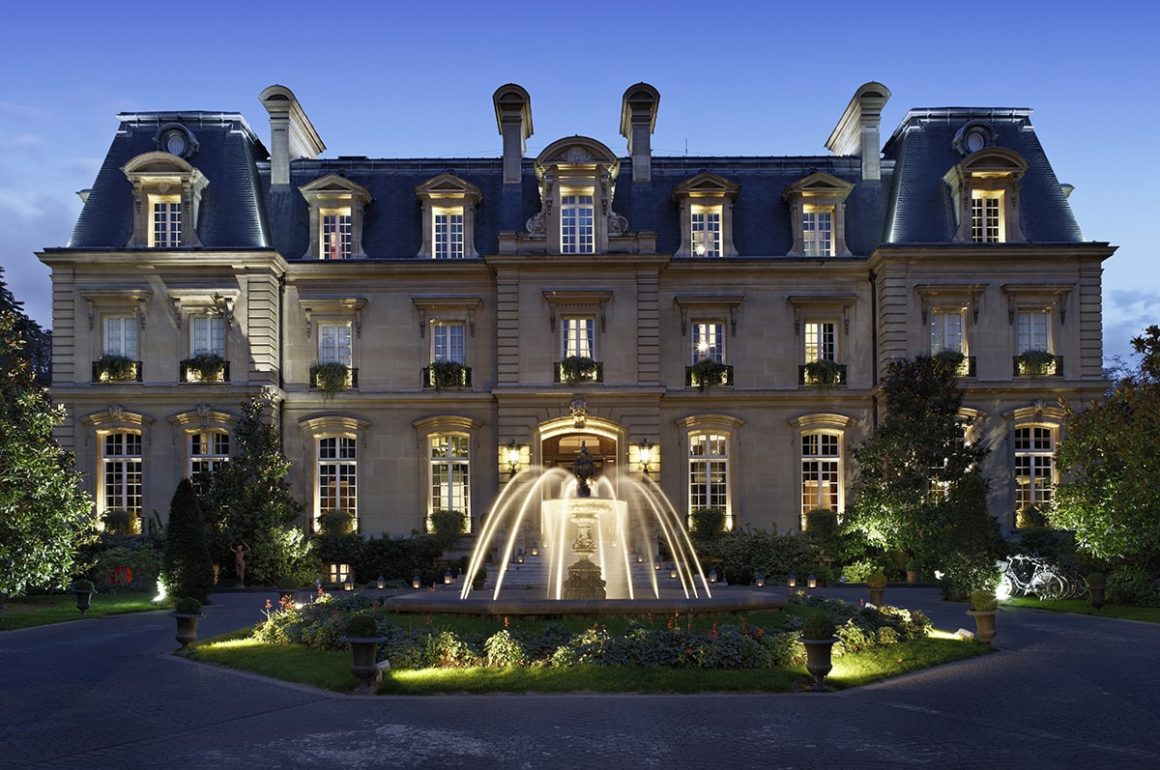
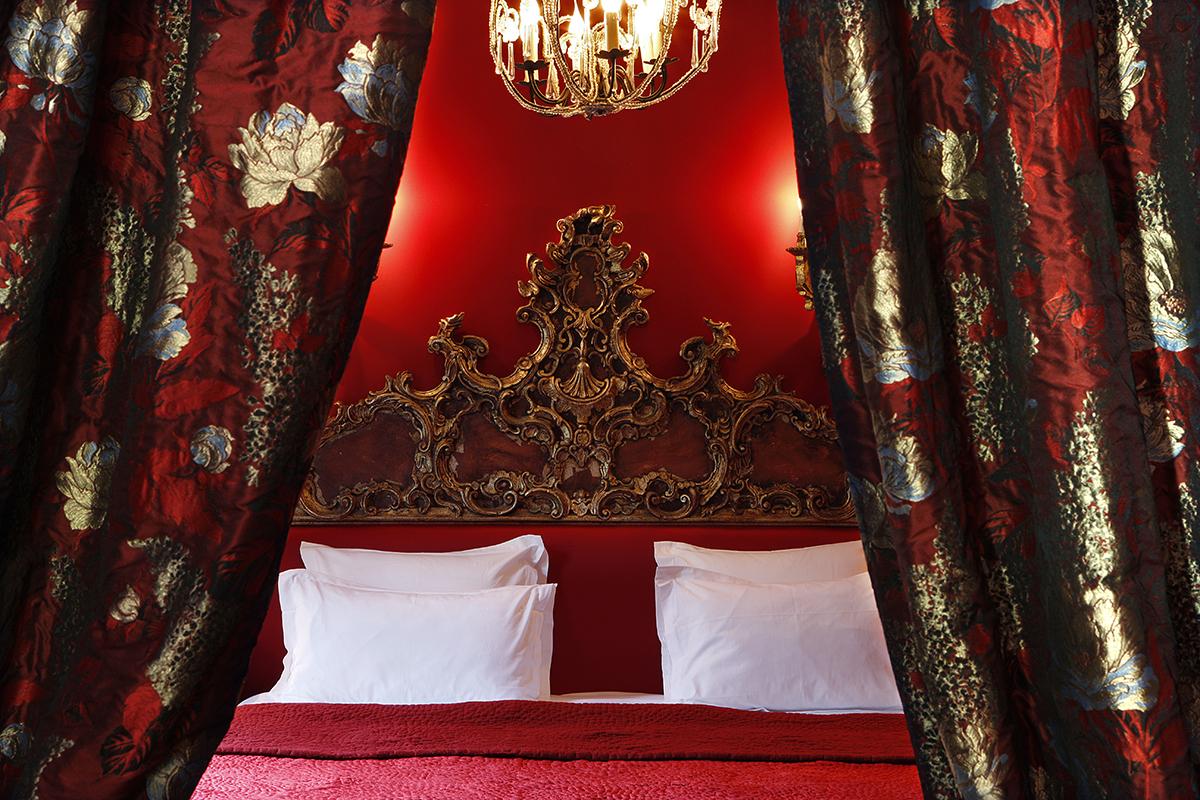
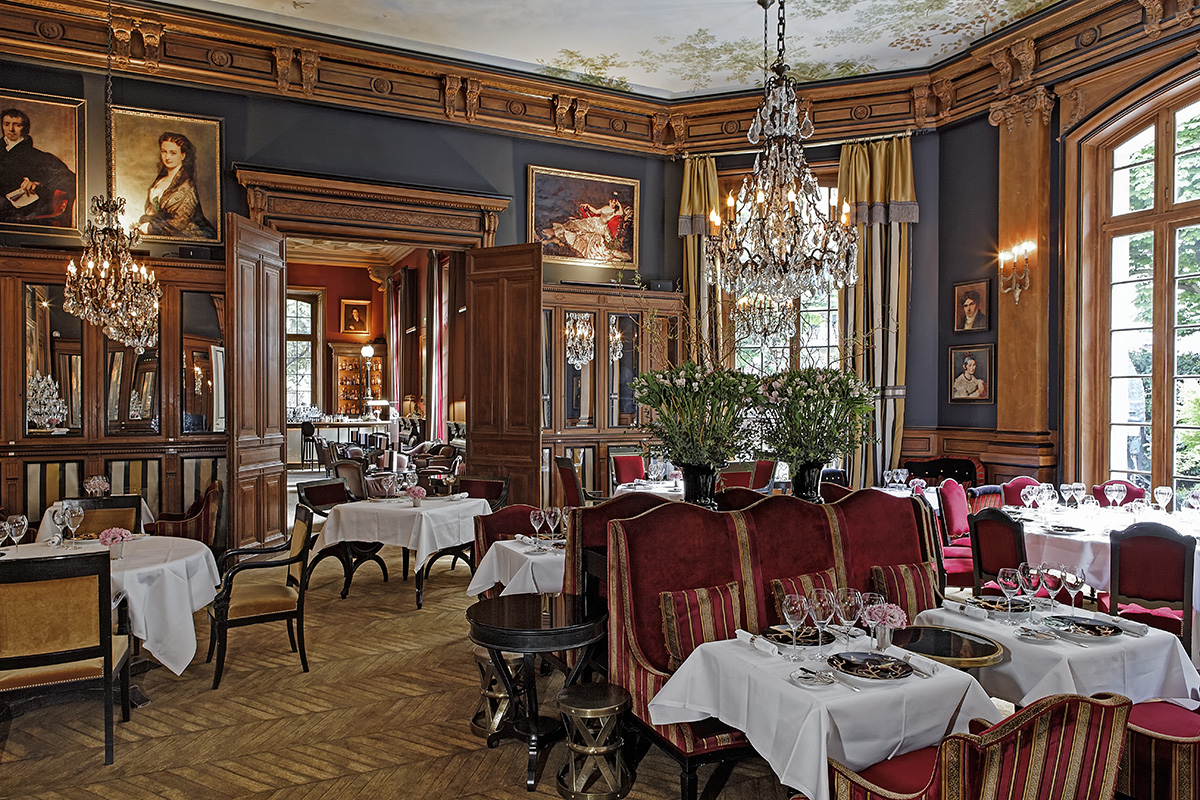
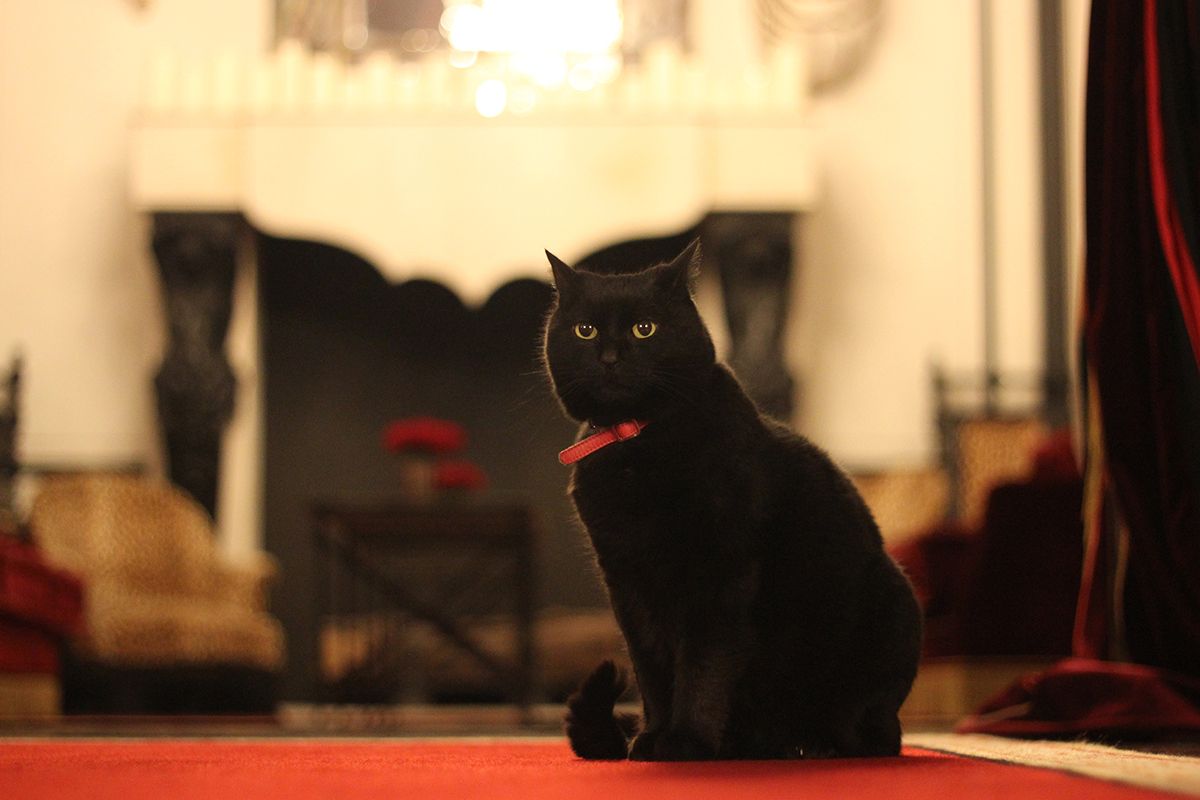
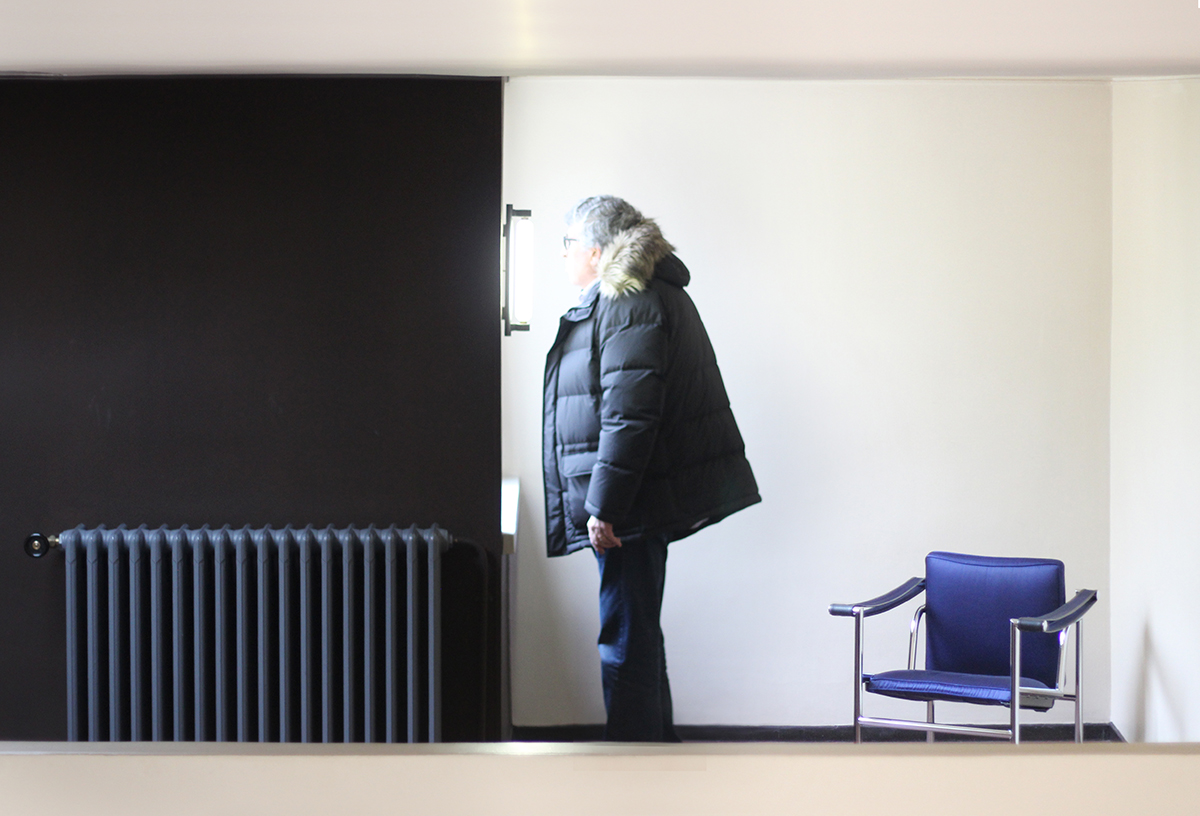
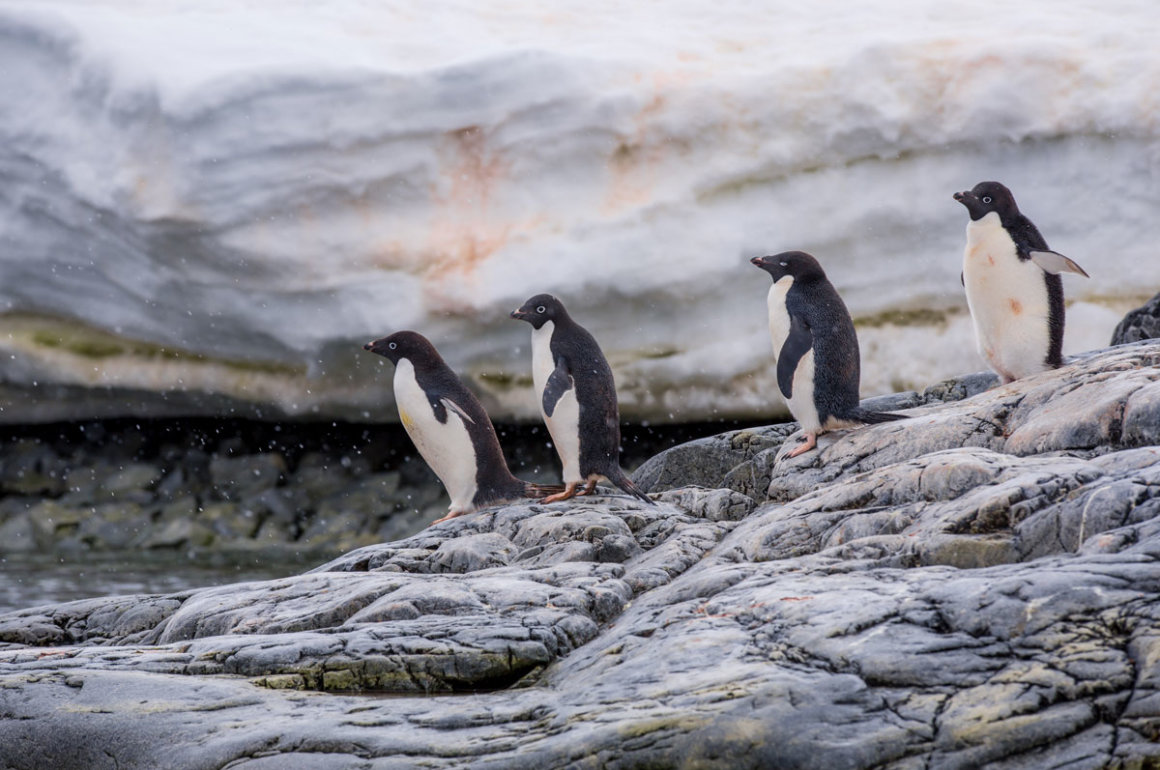

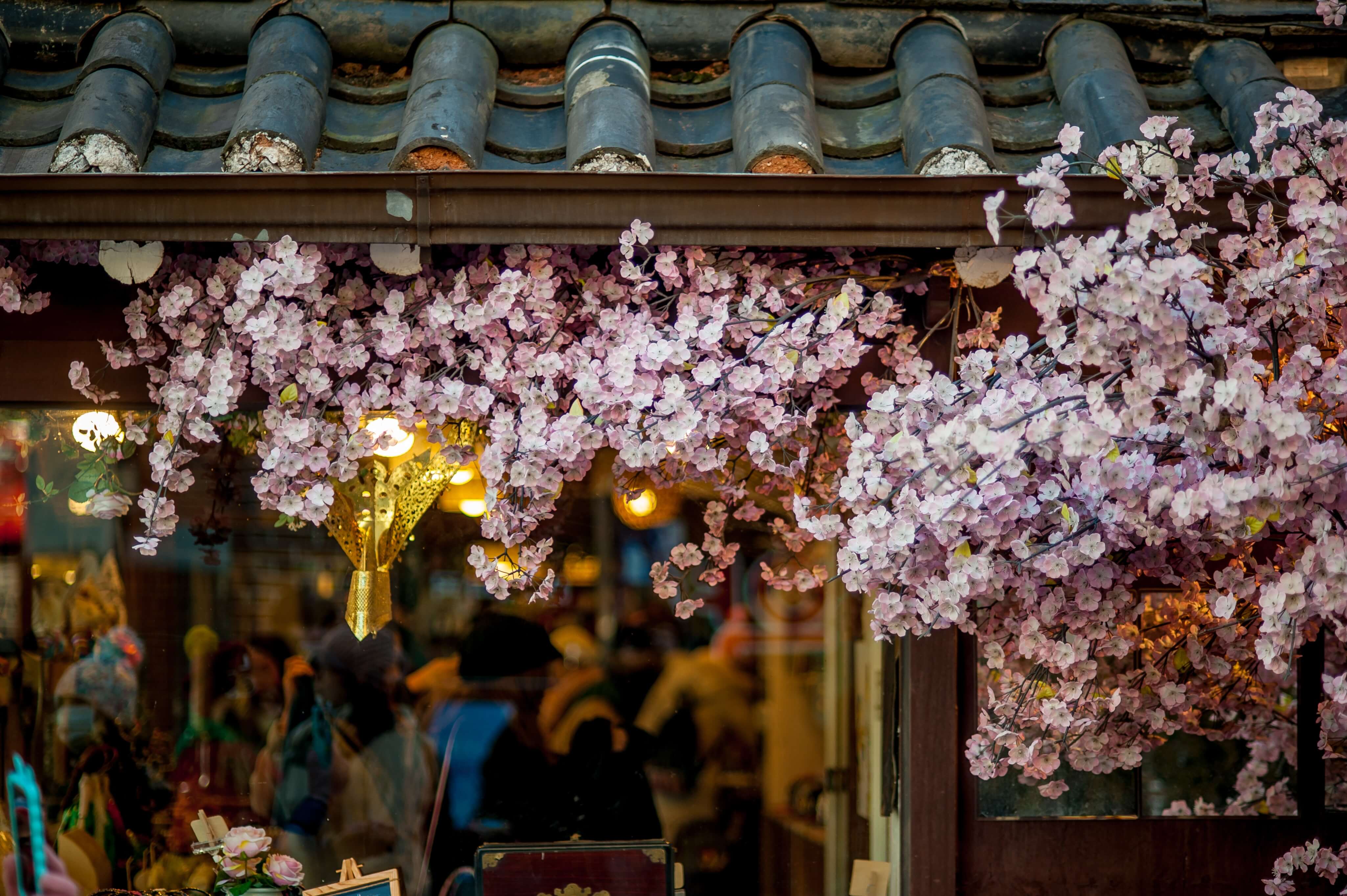
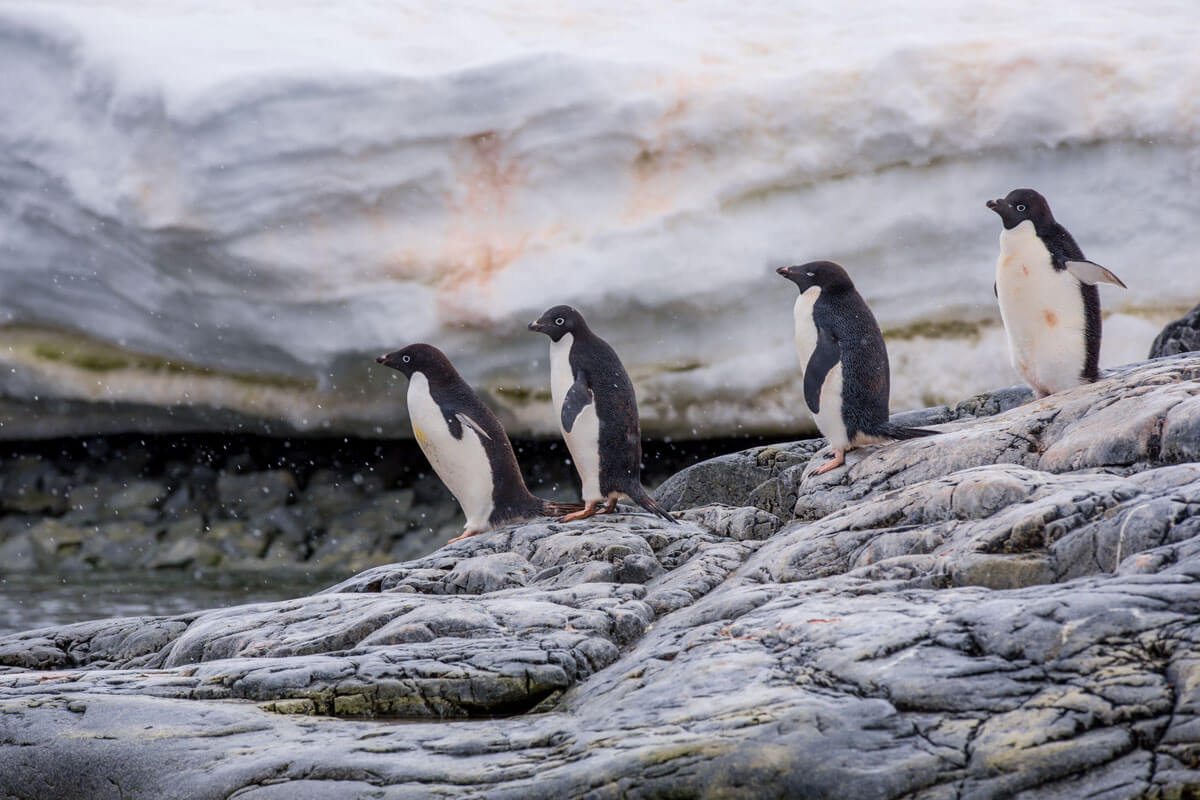





Recent Comments